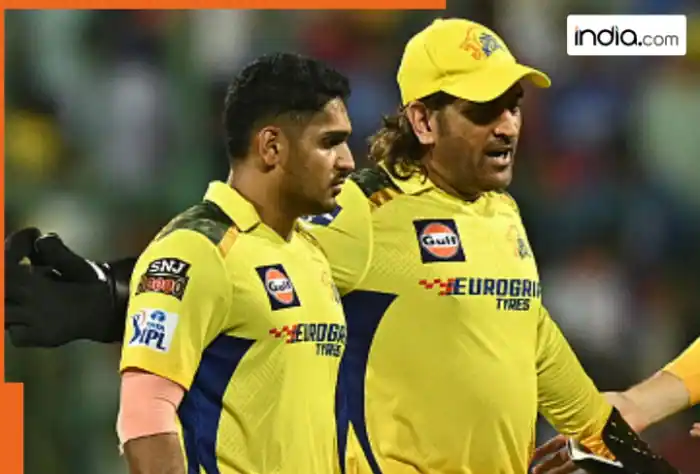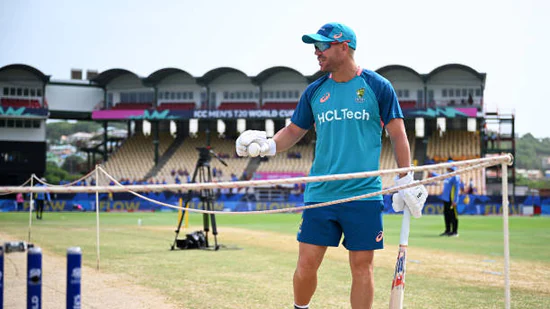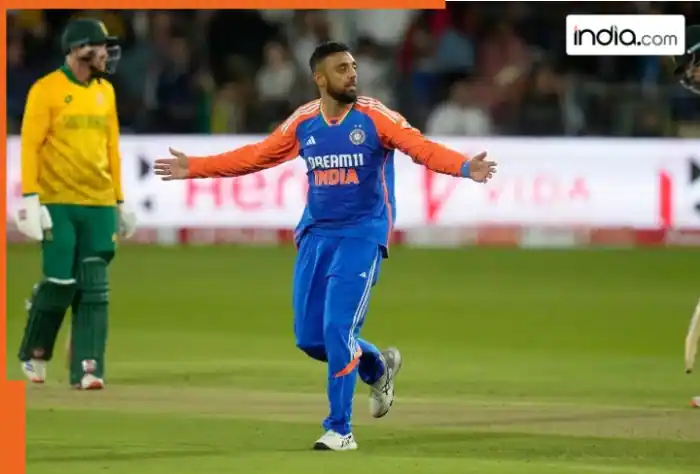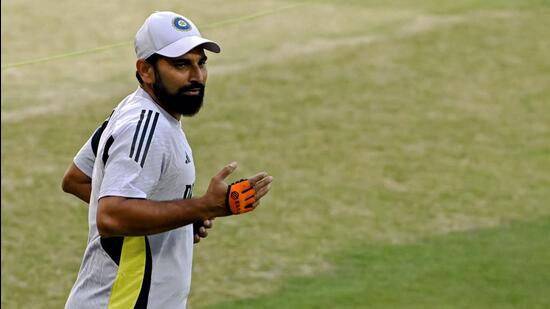The importance of a Hanuma Vihari-like classic from MCG 2018 for India and who can step up to the challenge
At the Adelaide Oval, Head made his entrance in the 41st over, unleashing a rapid-fire 140 runs, nearly scoring off every ball. In Brisbane, he stepped onto the field in the 34th over, amassing an impressive 152 during a formidable partnership with Steven Smith. Although Australia wasn’t overflowing with runs when Head arrived, they had successfully navigated the challenging phase, survived the new ball, and set the stage for a weakened Indian attack to face off against their most formidable batsman.
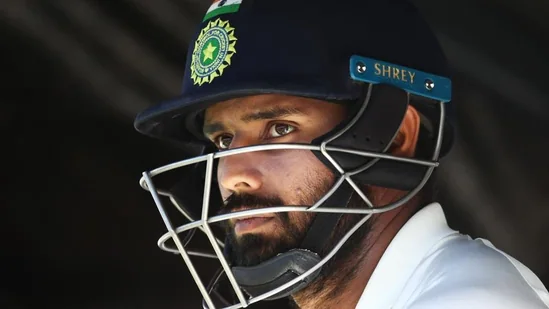
Compare this to India's number five, Rishabh Pant. In Adelaide, the wicket-keeper came in to bat in the 21st, and then the 15th overs. At the Gabba, it was the eighth. It's not great reading, and yet another symptom of India's poor performances with bat in these Tests, with their own x-factor exposed to the moving ball and asked to go against his natural game due to pressure.
The Border-Gavaskar Trophy heads to the Melbourne Cricket Ground, a historic stadium where India have travelled and conquered the Boxing Day Test in both 2018 and 2020. The first of those was a momentous one, meaning India had secured at least a draw in an away series in Australia — and while there were many fine performances, it was a relatively unheralded knock by Hanuma Vihari that set the foundation for one of the most important results in Indian cricket history.
A brave innings with the heat onChosen as a makeshift opener for the MCG Test, the always self-sacrificial and warrior-like Vihari played a 66-ball dig, demonstrating that even if all he did was soak up pressure, it was in the service of taking that pressure off the batters who were yet to come in that innings.
Vihari only scored eight runs, and was dismissed when just 40 were on the board, but in testing conditions, he had ensured Australia were wicketless in the first 20 overs.
With the shine gone from the ball, the platform was set for Mayank Agarwal and Cheteshwar Pujara to further grind it out, and also start scoring runs. Pujara went on to score a century in his typical death-by-a-thousand-cuts fashion, while skipper Virat Kohli joined him and scored a patient 82 of his own; the third wicket in that innings fell all the way in the 123rd over, when even the second new ball was dulled.
India batted for nearly two whole days at the MCG, putting up 443 in difficult conditions, with every batter earning the chance to show what they were capable - and in many ways, all thanks to Vihari's application against the searing new-ball pace of Starc, Hazlewood, and Cummins.
A leaf from Vihari's book for India's young gunsWith the series level at 1-1 and heading India will be hungry for someone to bat like that for them and try to negate the shakiness the batting has displayed in these previous two Tests. And it isn't the case that the top order hasn't been capable of showing plenty of backbone: with the first match in Perth hanging in the balance, Jaiswal and Rahul batted brilliantly to see out 63 overs, with the third wicket only falling in the 93rd over.
KL Rahul has already shown a great degree of application and patience throughout this series, facing 470 deliveries, the most of anyone in the series. He has done well in protecting one end from being exposed to the new ball, meaning the expectation shifts to the likes of Jaiswal and Gill - both of whom are capable of using good technical defence, but have found themselves susceptible to expansive strokes that get them in trouble.
Early wickets has been a concern, with Jaiswal falling twice in the first over in these last four innings. In case that does happen, the crux lies with the number three in Shubman Gill, who will have to ensure that he allows himself to get settled and bat long in order to give his teammates the best chance of succeeding. He is capable of it, but it might require him to aspire to be the sort of self-contained and ego-free player that Vihari was for India in Melbourne.
If there is one thing fans will want to see, it is these top-order batters to knuckle in for the long run, understand that there is plenty of time in the Test match, and place high value on their wickets with that in mind.
Not everyone can be a Pujara, batting for 8 consecutive hours. But if someone can just be Vihari, that might be a small first step that could prove to be a big jump up in fortunes for a nervy Indian batting order.
Stay informed with the...RELATED STORIES
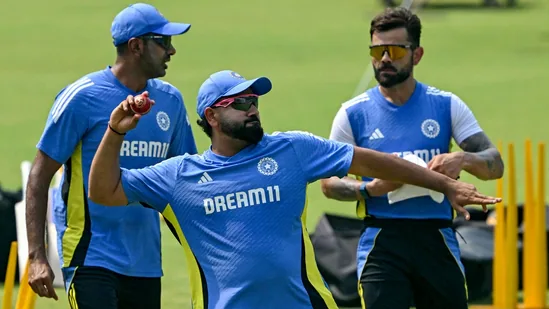
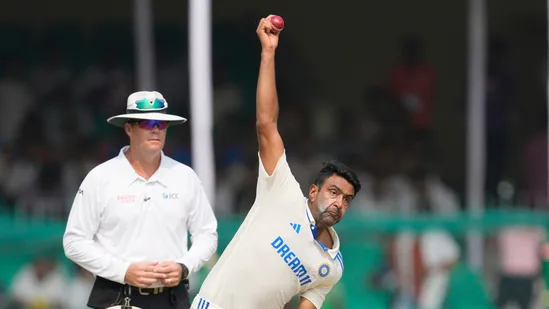

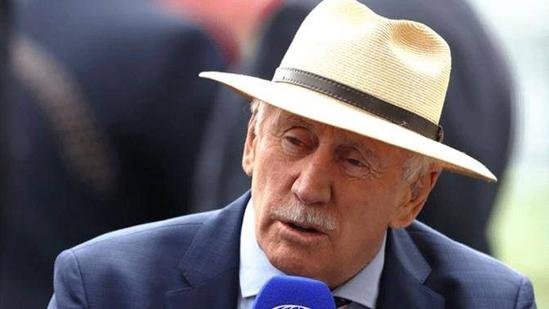


LATEST NEWS

